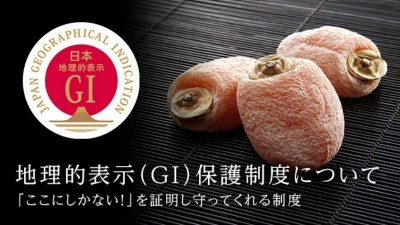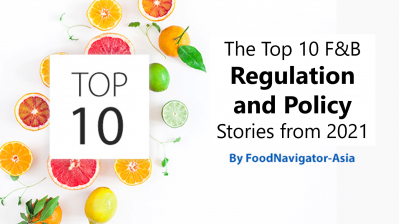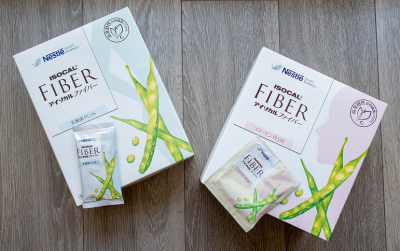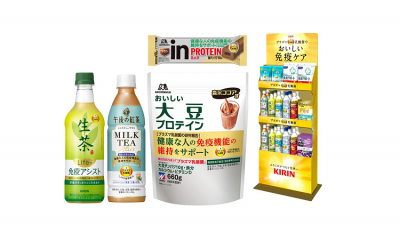‘Systematic switch’: Japan urges food manufacturers to finalise raw material origins labelling transition
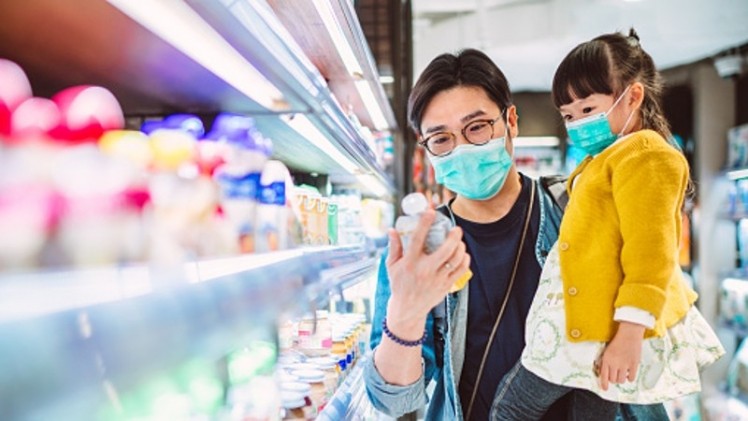
Japan first announced a revision to its Food Labelling Law in September 2017 to include the geographical origins of the main ingredient used to make a food or beverage item on the product’s labels. Due to the massive nationwide undertaking for the implementation of these new labelling standards, the government allowed food firms a considerably long grace period to transition, until March 31 2022.
As the due date for compulsory enforcement is fast approaching, both the local Ministry of Agriculture, Forestry and Fisheries (MAFF) and Consumer Affairs Agency (CAA) are urging local food firms who have set to complete the transition, or at least have the processes in place to complete the transition by March 31 next year, to pick up the pace or face severe penalties if they prevent the switch from going smoothly.
“All food and beverage companies need to remember that although the transition period is until March 31 2022, there are [logistical] components to this switch such as the ordering [and printing] of packaging materials and labels in accordance with the new labelling standards,” MAFF stated via a formal statement.
“MAFF [and CAA] have created many types of guidance documents, illustrations and videos to guide food and beverage firms through this process [so it is essential to adhere to these] and make the switch to all product labels systematically, so as not to cause any disturbances to the transition.”
The new origin labelling regulations will apply not only to processed foods manufactured in Japan after April 1 2021, but also fresh foods used for commercial and industrial purposes
“Businesses or individuals [that do not comply with the new regulations] and continue to sell foods which are falsely labelled or do not contain the origin of the major raw materials used to make their products will face severe penalties,” warned CAA.
“For individuals, this could mean imprisonment for not more than two years or a monetary fine of up to JPY2mn (US$15,555) whereas for corporations [the individual penalties will apply to those responsible] and fines for the business will be up to JPY100mn (US$877,728).”
It was also stressed that these new regulations will not apply to imported food and beverage products, although these will in turn be subject to a mandatory ‘country of origin’ overall label, which will indicate where the product was imported from though will not detail the origins of an individual ingredient unless this is practised in the exporting country.
‘By weight, by country’
In the original announcement of the new labelling regulations, food firms were made aware that they will need to follow a ‘by weight, by country’ method, which is compulsory for the ingredient that makes up the highest weight ratio in the product.
Labelling will also differ slightly according to the actual ingredient. Fresh ingredients such as meat or vegetables will state the country of origin, whereas processed ingredients such as juice or chocolate will state the place of manufacture.
For example, a pack of sausages might read: ‘Pork (American), pork fat, protein hydrolysate…’ whereas a bottled soft drink might read: ‘Apple juice (manufactured in Australia), sugar, water…’.
“If the origins of any ingredients are mixed, this needs to be indicated as well – so if a sausage uses two types of pork, it should say ‘Pork (American, domestic, Australian)’ stating the countries in descending order of the weight used,” said the ministry.
“However, as packaging and manufacturing locations might change or switch due to business operations and it can be difficult to display the country by weight for a single ingredient, some exceptions can apply.
“If the ingredient comes from two countries, the label can say ‘Pork (American or domestic’, and if it comes from three or more countries, it can also say ‘Pork (imported)’ or ‘Pork (domestic or imported)’”.
Although the origin labelling currently only applies to the ingredient making up the highest weight in a product, the government has also stated that it is ‘desirable’ for food firms to also start labelling the origins of its other ingredients voluntarily – which in Japan could be a likely indication that this may also move into the regulatory phase in the future.
Dissension to new labelling
CAA also had to deal with some dissension from consumers in terms of allowing the use of the term ‘imported’ when it comes to ingredients from three or more countries - which has been protested as ‘meaningless’ since this would apply to the whole world apart from Japan, offering no concrete information about the origins - and has since issued a separate document in response.
“There are very few cases or products where this label display will be used [so there is no need to worry],” said the agency.
“The specific situation where this is allowed is only when raw materials or ingredients from three or more foreign production areas are used [or] when the usage ratios of domestic and imported products are interchanged in the usage record for a certain period of time, and these situations continue even at the time of manufacturing [so are difficult to tell apart].
“We [have proceeded with this decision as we] believe that this is information that contributes to the voluntary and rational selection of products by consumers.”
